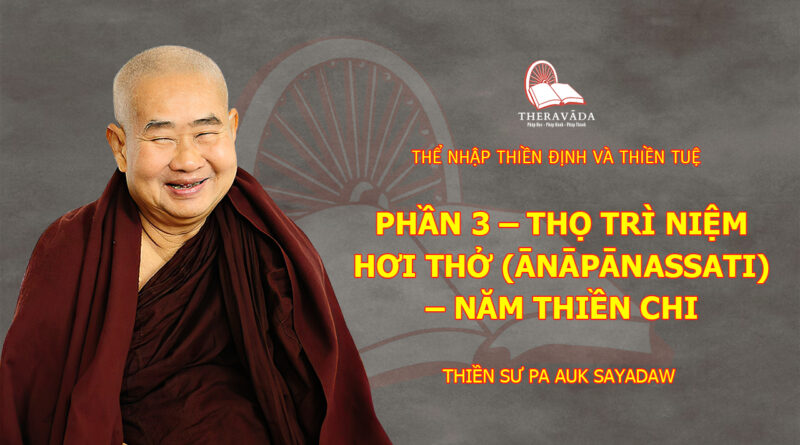Nội Dung Chính [Hiện]
Phật Giáo Theravāda: Pháp-học, Pháp-hành, Pháp-thành

Nội Dung Chính [Hiện]
BQT trang Theravāda cố gắng sưu tầm thông tin tài liệu Dhamma trợ duyên quý độc giả tìm hiểu về Dhamma - Giáo Pháp Bậc Giác Ngộ thuyết giảng suốt 45 năm sau khi Ngài chứng đắc trở thành Đức Phật Chánh Đẳng Chánh Giác vào đêm Rằm tháng 4, tìm hiểu thêm phương pháp thực hành thiền Anapana, thiền Vipassana qua các tài liệu, bài giảng, pháp thoại từ các Thiền Sư, các Bậc Trưởng Lão, Bậc Thiện Trí.